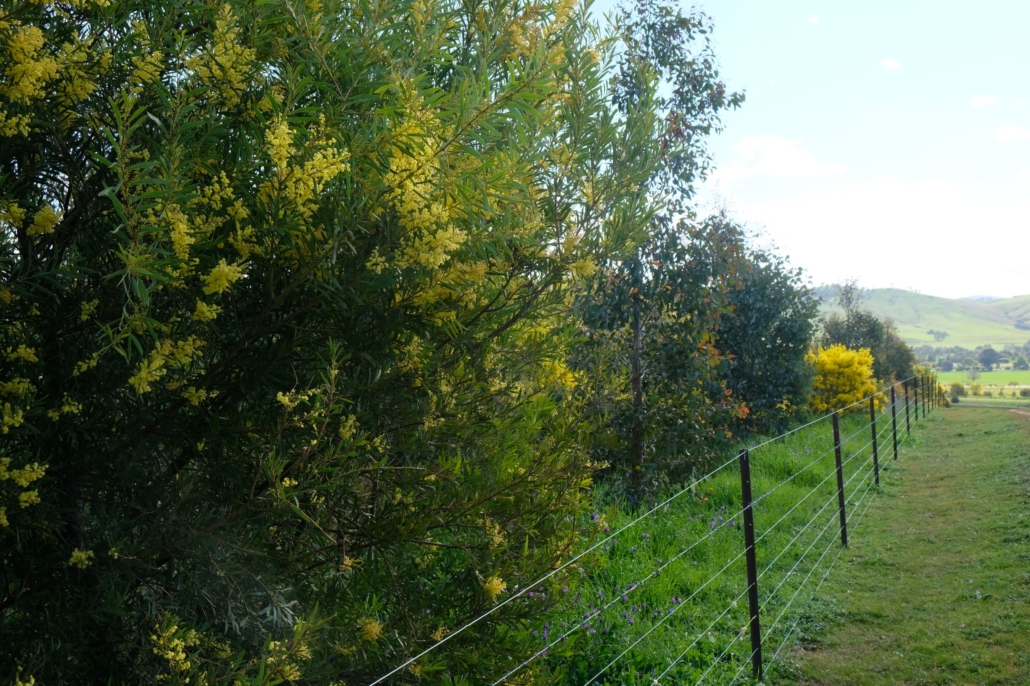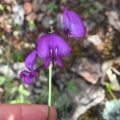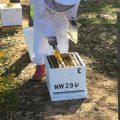Agroforestry, the Hot Topic of NSW Tree Conference
Published 16th February 2024. Written by Maddison O’Brien
In the heart of New South Wales, a movement is gaining momentum and is reshaping the landscape of agriculture. Agroforestry, the integration of trees and shrubs into farming systems, is emerging as a beacon of hope for farmers seeking sustainability, resilience, and new economic opportunities.
Agroforestry, the integration of trees and shrubs into agricultural landscapes, holds immense promise for NSW farmers. Beyond its traditional role in timber production, agroforestry offers a myriad of benefits that extend far beyond the forest’s edge. By diversifying farm incomes and improving ecosystem services through enhanced biodiversity, agroforestry stands as a sustainable solution for the challenges facing modern agriculture.
One of the most significant advantages of agroforestry lies in its ability to bolster drought resilience. In a land where water is as precious as gold, the presence of trees can significantly mitigate the impacts of water scarcity. Through their deep root systems and efficient water use, trees help to retain moisture in the soil, reducing evaporation and enhancing water infiltration. This not only sustains crop yields during dry spells but also safeguards against soil erosion, preserving the very foundation of agricultural productivity. Another significant advantage lies in agroforestry’s ability to provide shelter and fodder for livestock, thereby integrating seamlessly with animal husbandry practices.
Moreover, agroforestry represents a paradigm shift in how we view and utilise our agricultural landscapes. By treating trees as an alternative crop, farmers can tap into a wealth of opportunities in the emerging natural capital markets like carbon sequestration and biodiversity conservation. The multifunctional nature of agroforestry enables farmers to cultivate not just crops, but entire ecosystems that enrich both the land and the bottom line.

Shelterbelts are just one classic example of Agroforestry techniques Image credit: Sustainable Farms
On March 20th, the 2024 New South Wales Tree Conference in Bathurst offers a unique opportunity to explore the transformative potential of agroforestry. Organised in partnership with Greening Bathurst, Central Tablelands Local Land Services, and the Central Tablelands Regional Landcare Network, the conference will delve into the integration of forestry into agricultural systems as a means to enhance natural capital. With the theme “Natural Capital: Trees as an Alternative Crop,” the event promises insightful discussions and practical workshops to empower farmers to embrace agroforestry.
Attendees will discover how agroforestry can enhance farm productivity, resilience, and profitability. Through keynote presentations, panel discussions, and breakout sessions, participants will gain strategic insights and practical knowledge to implement agroforestry on their own farms.
In the journey towards sustainable farming, agroforestry beckons as a path of promise and possibility in our region. With its ability to enhance climate & economic resilience and natural capital, agroforestry holds the key to unlocking a greener, more prosperous future for NSW farmers and the land they steward.
For more information, free resources and registration details, visit www.treeconference.com.au






